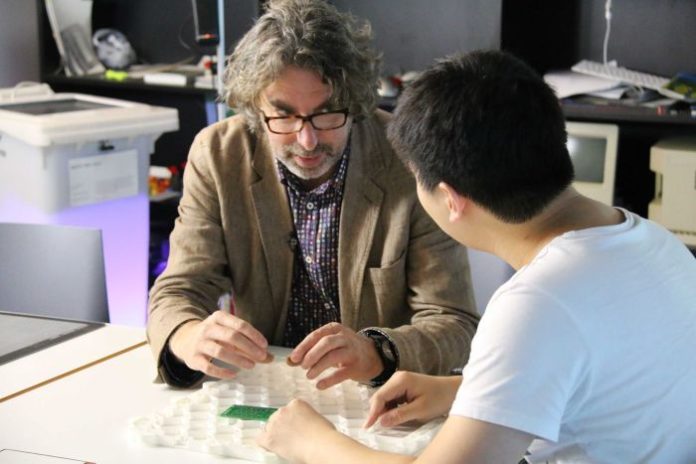 The world’s largest trial of computer gaming technology in rehabilitation is underway at hospitals in Sydney and Adelaide.
The world’s largest trial of computer gaming technology in rehabilitation is underway at hospitals in Sydney and Adelaide.
Computer games are being used to boost independence for patients recovering from a stroke, brain injury and other conditions, including amputations.
A room dubbed the Hall of Champions at Bankstown Hospital, in Sydney’s south-west, houses eight gadgets which form part of the three-year, $1.3 million project backed by the National Health and Medical Research Council.
The study is led by Professor Cathie Sherrington from the George Institute for Global Health and the University of Sydney, who said a range of technologies are being trialled.
“There’s quite a lot of diversity in the range of problems that people experience after a stroke or a brain injury,” she said.
“So it’s likely that different technologies will be more suited to different individuals.”
Dr Leanne Hassett, a Research Fellow at the George Institute, said the games include some that are available on the commercial market which are used on the Xbox and Nintendo Wii.
“Then we have some that have been developed specifically for rehabilitation that are a similar sort of ‘exer-gaming’ type technologies,” she said.
“And then we have a stepping tile system which was developed specifically for the trial.”
Dr Hassett said rehabilitation is an arduous task, but the more practice patients do, the better the outcomes.
“It’s really difficult for patients to do lots of practice and to keep standing up and sitting down … doing multiple repetitions.”
Patients re-master basic skills through gaming
Computer programs, including ‘FysioGaming’, have helped stroke survivors re-master basic skills.
Researchers said that regular, movement-based computer games might discourage patients who cannot physically manage them.
This new technology, developed in the Netherlands, gives physiotherapists like Sakina Rashid-Chagpar important, real-time information about how a patient is performing the required activity.
“We’re able to provide a really tailored program for the participants that gives them really useful and meaningful feedback,” Ms Rashid-Chagpar said.
“And as a bonus, it’s really fun!”
The ABC watched patients tackle tasks like stepping to the side or walking forwards.
On-screen rewards appeared in the shape of jewels or a certificate – which encouraged patients to perform the exercises accurately while tracking their progress.
Elaine Crocketts, 77, said she has struggled in the three weeks since she experienced a stroke.
“Turning around – I get giddy,” Ms Crocketts said. “I find that the hardest thing.”
Ms Crockett is one of 100 patients who have gone through the study since September 2014.
Another 200 people will take part over the next two years.
“I found it very good, and interesting,” Ms Crockett said.
“Even though I’m elderly and not used to computer games, I did enjoy the one that I was doing.”
Stepping tiles help stroke patients recover
Ms Crockett was guided through exercises on Australian-made stepping tiles – pressure sensitive acrylic tiles that provide immediate feedback on weight distribution during simple exercises.
“That was excellent getting the bad leg to press, it helped me a lot,” she said.
“You try this and you’ll be amazed at what you can do – [things] that you didn’t think you’d be able to do.”
The laser-cut tiles were developed at the University of Technology Sydney (UTS) specifically for the trial.
They are made on a 3-D printer and can be customised for each patient.
Associate Professor Bert Bongers from UTS said early intervention was crucial – particularly after a stroke.
Home environment boosts recovery
His team at the Interactivation Studio at UTS has also been working on a smaller, phone-operated model so that in the future, patients can take the technology home.
“People can build it themselves from off-the-shelf components, get the app from the app store and do the exercises,” he said.
Associate Professor Bongers said while in-hospital therapy allowed patients to learn the correct movements for rehabilitation, practice at home was ideal.
“As the physiotherapists tell me, if the patient can practise in their home environment it increases their probability of getting better,” he said.
The technologies being trialled in the study range in cost from a few hundred dollars to about $3,000.
An economist will also examine the cost-effectiveness of each model.
Researchers will follow each patient for six months to find out whether technology helped boost independence both during hospital rehabilitation and at home.


